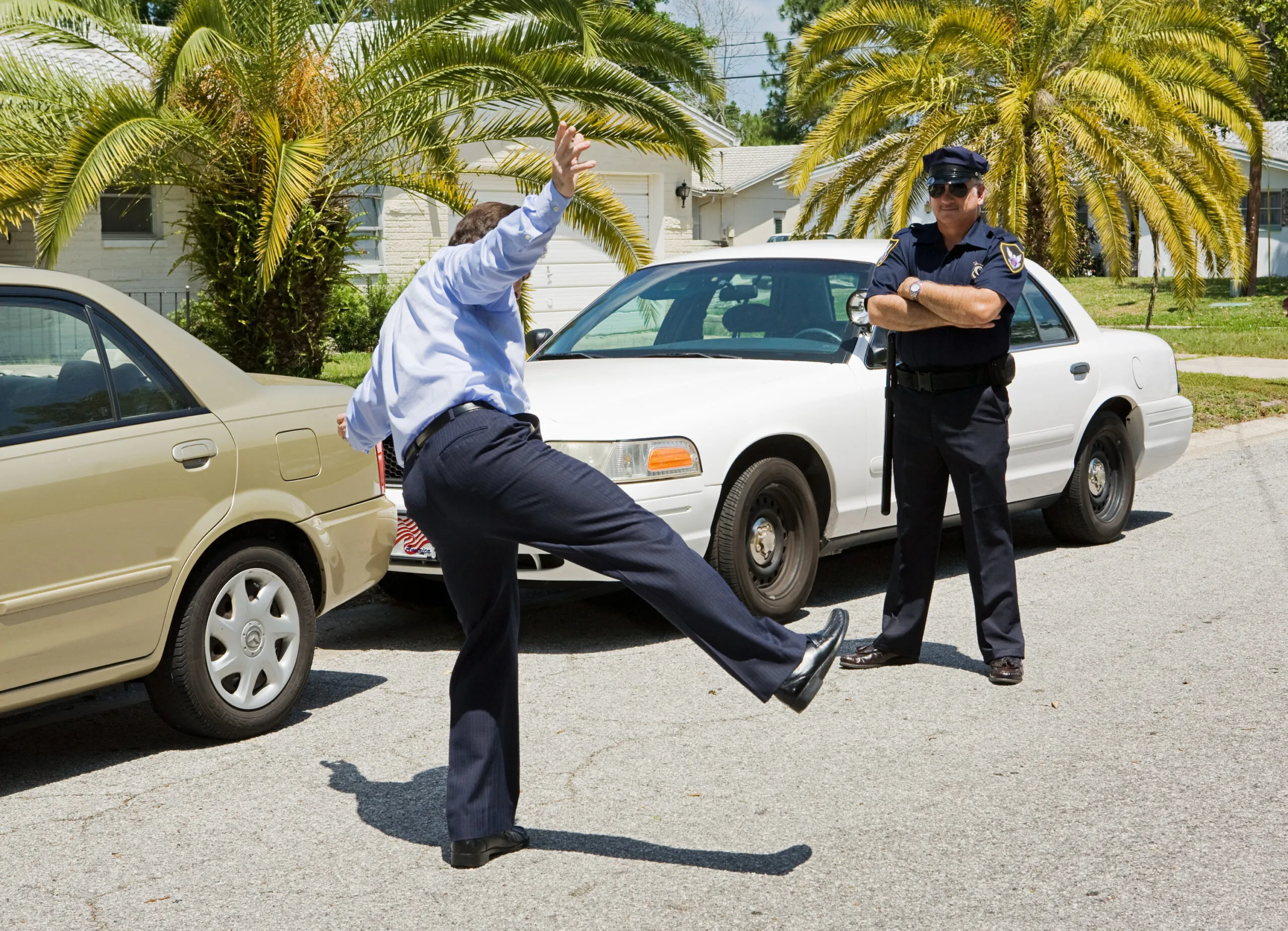 When a law enforcement officer pulls a vehicle over for suspicion of driving under the influence in Omaha, the officer will typically ask the driver to perform a number of field sobriety tests at some point during the stop. One of the most common field sobriety tests is the “One-leg stand”. If you ever find yourself in this position, it helps to know ahead of time how the one-leg stand is supposed to be conducted.
When a law enforcement officer pulls a vehicle over for suspicion of driving under the influence in Omaha, the officer will typically ask the driver to perform a number of field sobriety tests at some point during the stop. One of the most common field sobriety tests is the “One-leg stand”. If you ever find yourself in this position, it helps to know ahead of time how the one-leg stand is supposed to be conducted.
A typical Omaha DUI stop will involve the officer asking you to exit the vehicle and perform a series of field sobriety tests, or FSTs. Although an officer may ask you to perform any number of additional tests, there are three tests that are considered to be “standardized” FSTs because they have been approved by the National Highway Transportation Safety Administration, or NHTSA. The three standardized tests are the Horizontal Gaze Nystagmus, or HGN, the “walk and turn”, and the “one-leg stand”. The HGN test involves the officer using a penlight that you are required to follow with your eyes. The remaining two tests are physical in nature and can be difficult enough to understand and complete when sober, much less after drinking. It says so in the NHTSA training manual.
The official instructions for the one-leg stand are as follows:
- Stand with your feet together and your arms at your side (demonstrate)
- Maintain position until told otherwise.
- When I tell you to, I want you to raise one leg, either one, approximately 6 inches off the ground, foot pointed out, both legs straight and look at the elevated foot.
- Count out loud in the following manner: 1001, 1002, 1003,1004 and so on until told to stop
The officer then waits until the subject has reached 30 (or until the officer has reached the 30 second mark) at which point the subject is allowed to put his/her foot down. During the test the officer is looking for four official “clues” that indicate intoxication:
- Sways while balancing
- Uses arms to balance
- Hopping
- Puts foot down
As is the case with the walk and turn, there are a myriad of reasons – other than intoxication — why a motorist may not do well on the one-leg stand test. Nerves alone can cause a motorist to lose his or her balance. Uneven pavement, debris on the roadway, medical conditions, and physical disabilities are just a few of the reasons why a motorist might fail the one-leg stand test.
When defending a DUI case in Omaha, we thoroughly analyze each FST the officer performed on our client and look for improper instruction, incorrect administration of the test and how the officer scored the clues he observed. Often, there are errors. When the officer says the subject failed a test which he in fact passed, it may provide a valuable defense to a DUI charge.


